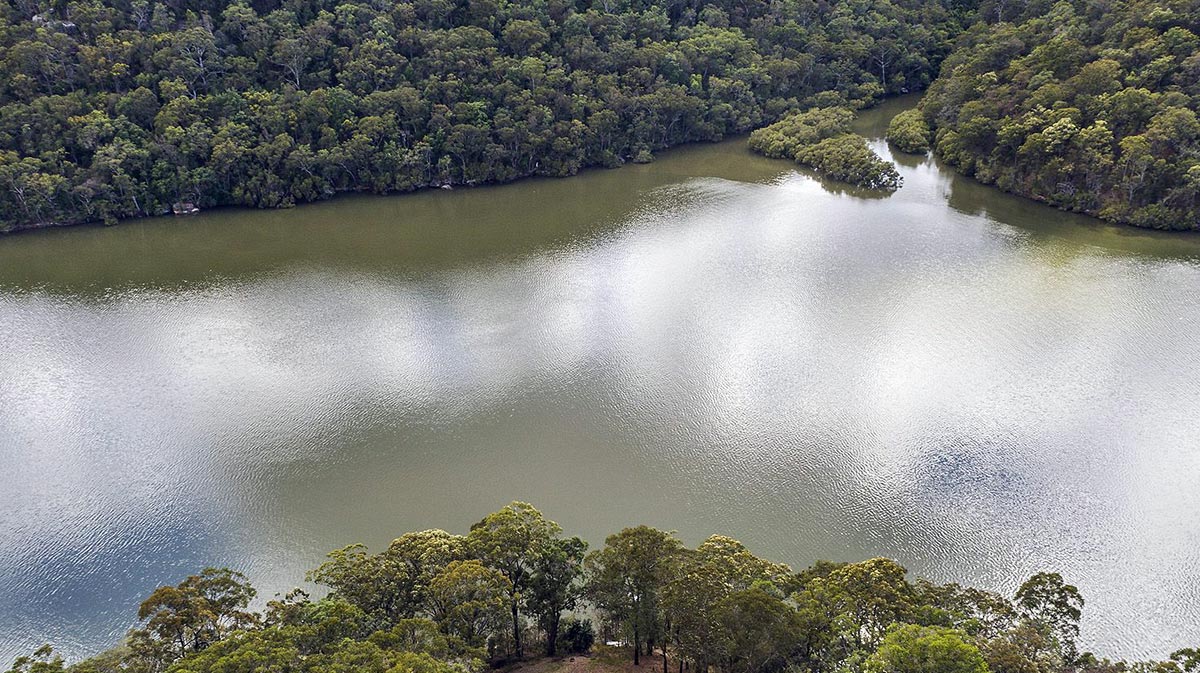Water is essential to life, and its quality directly impacts our health and well-being. On the Central Coast of New South Wales, the question of tap water safety concerns many. This blog post delves into the intricacies of Central Coast’s tap water – from its sources and treatment processes to the measures in place to ensure its safety. We will explore how the water is kept safe and how residents can ascertain its quality in their homes. Join us as we uncover the facts about drinking tap water on the Central Coast.
Where does the Central Coast get its water?
The Central Coast’s water is drawn from streams at Mangrove, Ourimbah, and Mooney Creeks, and the Wyong River, collected in dams at Mangrove Creek, Mooney Mooney, and Mardi, and weirs at Wyong River, Ourimbah Creek, and Mangrove Creek. The Mardi-Mangrove Link is crucial, transferring water from Wyong River to Mangrove Creek Dam, especially during high flows. This system prevents excess water from flowing to the ocean, enhancing storage efficiency.
Additionally, the region utilises six bores for groundwater extraction and benefits from the Hunter Connection, a two-way pipeline providing supplementary water for both the Central Coast and Hunter, particularly during droughts or for operational reasons. This multifaceted approach ensures a reliable and safe water supply.
Taste and Odours in Central Coast Tap Water
Chlorine Taste or Odour
Central Coast water undergoes chlorine treatment for disinfection. This process, vital for safety, can lead to a chemical-like taste or smell in the water, a common characteristic in many public water systems. Residents noticing this are experiencing the signs of adequate water treatment.
Musty or Mouldy Tastes or Odours
These are typically due to natural organic compounds in water, often from vegetation or algae. Such sensory characteristics are more related to the water’s aesthetic qualities than to health concerns.
Metallic Taste
A metallic taste in the water can be caused by the presence of minerals like iron or copper, often leaching from household plumbing. This is particularly noticeable in older homes or when water has been stagnant in pipes.
Rotten Egg Taste or Odour
The rotten egg odour is usually due to hydrogen sulfide in groundwater sources. While the smell can be unpleasant, it’s generally not harmful at the concentrations found in drinking water.
These characteristics in the water supply are indicators for residents to understand their water quality and to take action if necessary.
Home Water Management on the Central Coast
Backflow Prevention
Backflow can contaminate drinking water, posing health risks. Residents should install backflow prevention devices, especially where garden hoses or irrigation systems are connected to the home water supply. Regular checks ensure these devices function properly.
Cleaning Taps
Taps can accumulate contaminants. Regular cleaning helps maintain water quality. This involves unscrewing aerators, disinfecting, and removing debris.
Using Water Filters
Water Filters can improve taste and remove impurities. Choose a filter certified for the specific contaminants in your area and have it installed by a professional water filter installer. Regular replacement of filter cartridges is essential for effectiveness. If you’re currently dealing with brown water from your taps, here’s what you can do about it.
Checking Internal Plumbing
Old or corroded pipes can leach harmful substances. Regular inspections and maintenance of internal plumbing reduce risks. Homeowners should be attentive to any changes in water color, taste, or pressure, which might indicate plumbing issues.
These practices contribute significantly to maintaining water quality within the home.
Quality Assurance and Monitoring
The Central Coast water supply undergoes rigorous and regular testing to guarantee adherence to health standards. These tests, performed by an independent National Association of Testing Authorities (NATA) registered laboratory, are designed to detect a wide range of potential contaminants, from heavy metals to bacteria, ensuring the water meets or exceeds health and safety standards. The continuous monitoring and testing regime is a cornerstone of the region’s commitment to water quality.
According to the Central Coast Council, they “monitor water quality at every stage of the supply system to ensure you receive drinking water that meets the requirements of the Australian Drinking Water Guidelines 2011.”
Within the 2022-2023 Annual Drinking Water Quality Report, under their Performance Summary, they mention, “From 1 July 2022 to 30 June 2023, your physical and chemical water quality complied with the Australian Drinking Water Guidelines 2011.”
In summary, yes, Central Coast tap water is safe to drink. Residents are encouraged to stay informed about water quality and take proactive steps to maintain it.



